aka S.T. Williamson & Co. / Inch Steamship Co. – Hong Kong
Douglas Lapraik was, without doubt, a true Hong Kong shipping magnate and “Taipan” being the owner of one of the largest shipping concerns in Asia by the early 1900s.
Born in London in 1818, he was nevertheless of Scottish origins, commencing his working life in London with the trading house of Wm. Mathieson & Company. The young and widely ambitious Lapraik arrived in the Portuguese colony of Macao in 1839 and became apprentice to the Scottish watch and clockmaking firm of Leonard Just & Son. In 1842, his employer sent Douglas Lapraik to Hong Kong to open a new branch of the company in the newly founded, and fledgling colony, following the cession of Hong Kong to the British Crown. Not long after arriving in the colony, Lapraik established himself with his own business as a watchmaker by 1846, while also conducting similar duties for Just & Son.
The large number of ships using the colony offered opportunities to repair and manufacture ship’s chronometers which were used for navigation. Due to his trade in chronometers and watchmaking and given the need in the colony for shipping companies to register a local address, Lapraik soon found himself nominated as a shipping agent. Over the ensuing years Lapraik became established as a wealthy citizen of Hong Kong during the 1850s and 1860s, earning the exalted title of a “Taipan” and, as such, taking part in the founding of many of the colony’s business ventures and expanding his own business interests in many sectors of Hong Kong’s burgeoning economy.
In 1863, after acquiring a small shipyard off Queen’s Road, and building two more at Aberdeen and Whampoa, Lapraik cofounded the Hong Kong and Whampoa Dock Company together with Jardine Matheson & Company and Thomas Sutherland, the officially appointed Hong Kong agent of the Peninsular and Oriental Steam Navigation Company. The dockyard would go on to become the largest shipyard in Asia at its peak. In 1864, Douglas Lapraik went on to be appointed as a member of the transitional founders committee of The Hongkong and Shanghai Banking Corporation which would be founded in 1865. Douglas Lapraik retired and returned to England in 1866 after creating a trust in benefit of his longtime Chinese mistress. He died in London in March of 1869 without any legitimate heir.
Lapraik’s watch business was acquired by a former employee, George Falconer, and still trades in that name as a principal supplier of British Admiralty Charts, nautical publications, and literature, as well as nautical instruments. Although the company was acquired by others in 1997, it still retains the name George Falconer & Co. and acts as an official British Admiralty Chart Agent in Hong Kong.
Earlier, during 1858, John Steward Lapraik, the son of Douglas Lapraik’s eldest brother, had arrived in Hong Kong to join his uncle’s firm. John Steward Lapraik would go on to inherit his uncle’s business fortune and empire after Lapraik’s death in 1869. Following the death of his uncle, John Lapraik formed the Douglas Steamship Company in Hong Kong, in 1883, with two other partners, and continued to oversee the running of its small fleet of coastal steamers, mainly engaged in trading between Chinese Treaty ports.
Over the years, Lapraik had become heavily involved in shipping between Formosa and Amoy in China, which had developed into one of the most profitable parts of his Douglas Steamship shipping business.
The cession of Formosa to Japan under the Treaty of Shimonoseki in 1895 which ended the Sino- Japanese War, had a profound influence on the future trading prospects and profitability for the Douglas Steamship Company’s Formosa enterprises. Osaka Shosen Kaisha (OSK) placed several steamers on the Amoy Tansui Line and the Douglas Steamship Company was forced to cut freight rates. Also, OSK opened several other lines and began to compete on the China coast with Douglas Steamship Company. This caused the Douglas SS Co. to incur severe financial losses.
Fortunately, in 1900 and 1901, satisfactory earnings were made by chartering several of their ships to the British Government and later to the American Government, due to the Boxer uprising in China. The Formosa trade was proving to be a lost cause, and the company withdrew from that market.
After the loss of the Formosa trade, the company retained its operations in the China coastal and river trade, however it met with financial difficulties by the late 1920s. In 1932, Stewart Taylor Williamson, a New Zealander by birth, acquired a controlling stake in the Douglas Steamship Company. Williamson was one of the most prominent and colourful figures in Hong Kong business circles, and the holder of extensive interests in shipping, amongst other things. He began his career as an engineer officer with the Atlantic Transport Line and subsequently, joined the office of Douglas Lapraik, and from that time, steadily advanced within the firm. Mr. S.T. Williamson was Managing Director of the Douglas Steamship Company, Chairman of Directors of the Kowloon Docks, and a Director of numerous local companies.
At the time of his sudden death in 1950, he was 62 years of age and was reputed to be one of the wealthiest expatriates in the Far East.
The Inch S.S. Company was formed as a subsidiary of the Douglas S.S. Company in 1947, and thereafter all Williamson ships bore ‘Inch’ names, the last of them being sold in 1975 shortly before Mullions, their future shipping associates, also ceased ship owning.

With the outbreak of WWII, the company had most of its ships seized by the Hong Kong Government on behalf of the British Ministry of War Transport and with the capture of Hong Kong by the Imperial Japanese Army in December 1941, most of the staff of the Douglas Steamship Company were interred in prison camps in Hong Kong, including Stewart Taylor Williamson. After the war, the company resumed its operations with the two remaining ships that survived the war years.
Upon the death of Stewart Taylor Williamson, control of the company passed to James Robertson Mullion who became the new chairman with Robert Ho Tung and John David Alexander serving as Directors. Considering the exposed financial state of the company, Mullion divested of the remaining two ships and focussed the business activities of the company in financial investments.
In the mid-1950s Mullion decided to reinvest in shipping once again, and the Douglas Steamship Company bought three Empire ships followed in 1959 with a similar ship. In 1966 J.R. Mullion & Co. formally took over as managers for the entire fleet and in 1969-1970 the then serving Empire ships, were replaced by other tonnage, among them two tankers.
By 1969, James Robertson Mullion became the controlling stakeholder of the Douglas Steamship Co., and he attempted to introduce several structural changes to the business, however, by 1972, the company was running large losses and Mullion was forced to inject substantial funds of his own money into the company to keep it solvent. The Mullion Group decided to sell off its ships in the mid-1970s and and by 1972 the company was making huge losses. On 21st July 1976, the company’s board voted to enter liquidation and wind up the company. The dissolution was made formally in 1985 and Douglas Steamship Co., was dissolved on 1st June 1987.
A Selection of the Ships of Douglas SS Co. Ltd

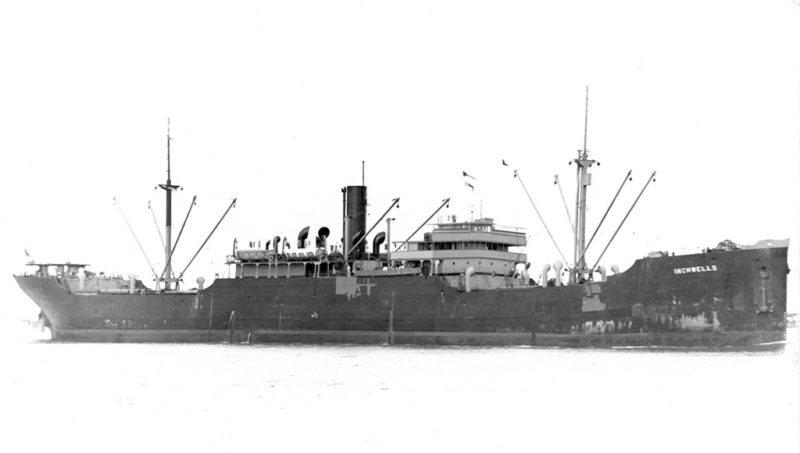

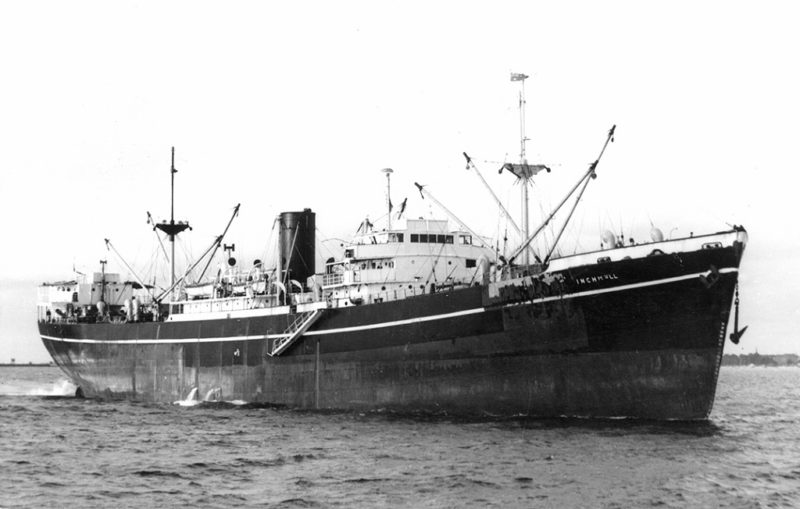
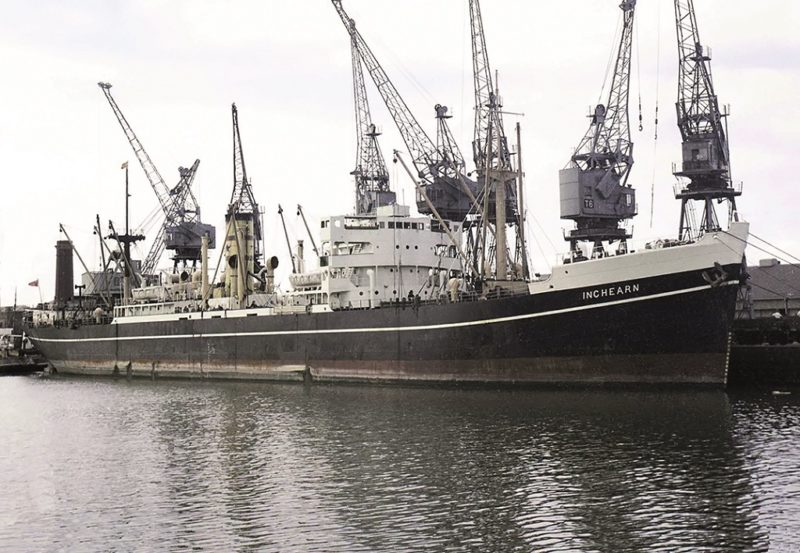
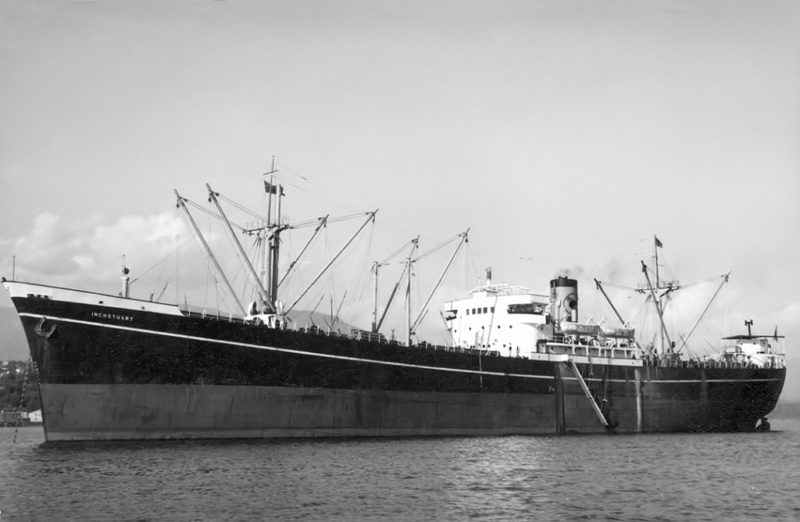
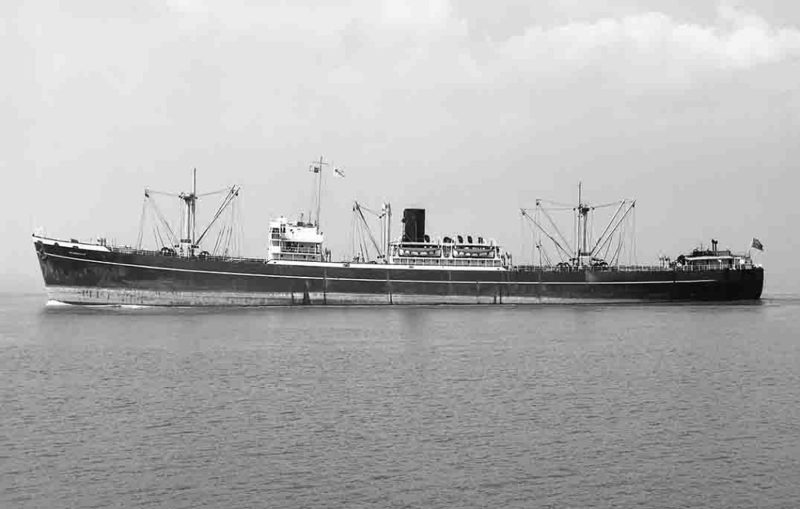
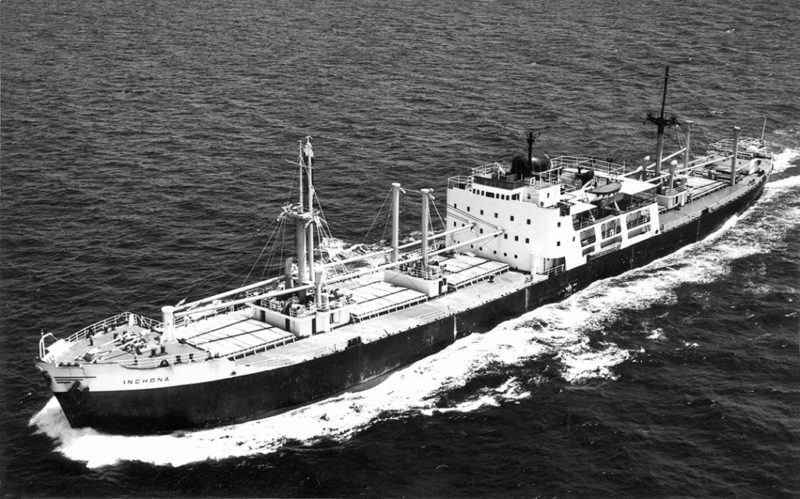

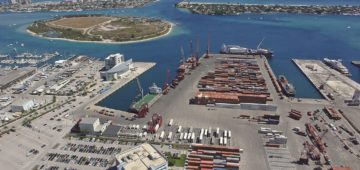


Comments
Sorry, comments are closed for this item